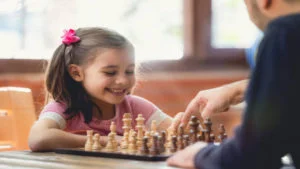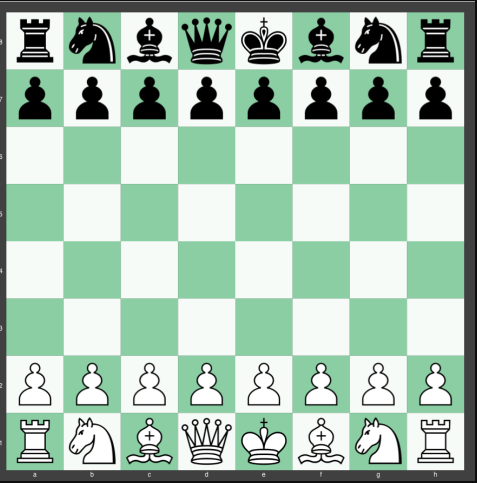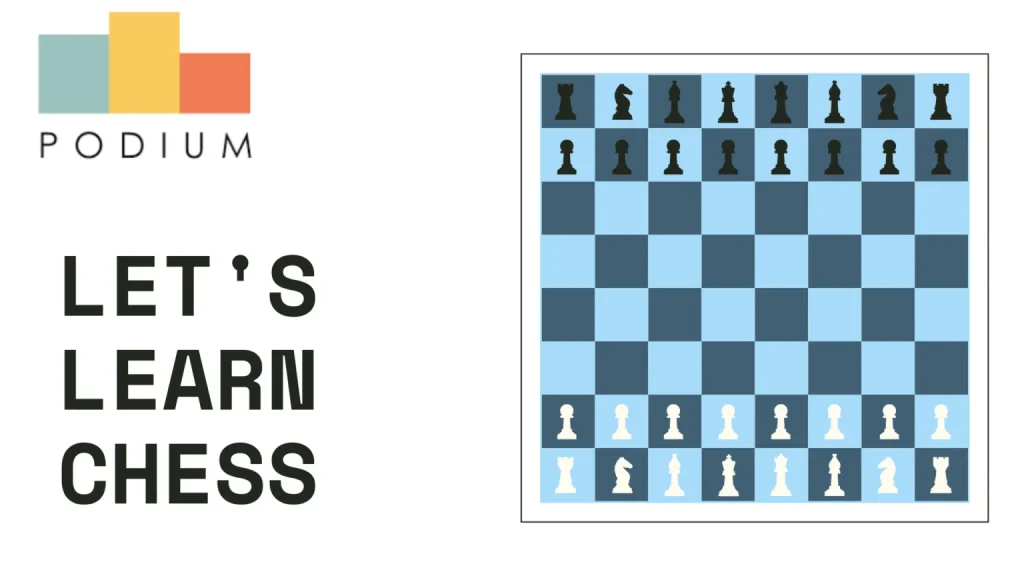To begin with, let’s start with the origin of this platform. One used to call Chess960, ‘Fischer Random’ before 1991. After 1991, One introduced this new variant to the Mainz Chess Classic. Hans Walter-Schimmt named it Chess960 at that point. In Chess960, 960 represents the various number of starting positions possible.
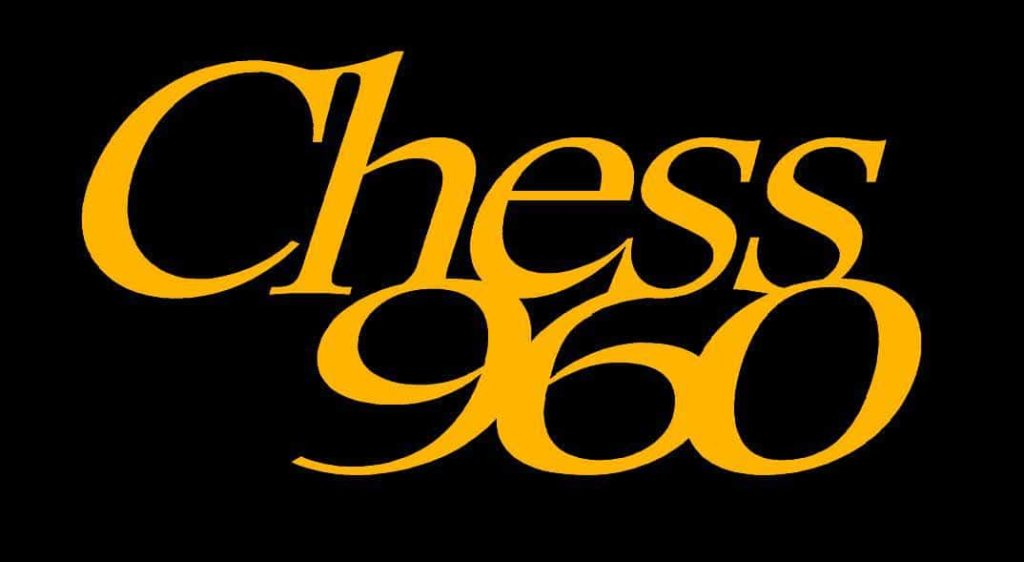
We are going to go through the following topics in this article:
What is Chess960?
Chess 960, also known as Fischer Random Chess, is a game version invented in Buenos Aires, Argentina by Robert Bobby, James Fischer. Fischer’s game uses the same board and pieces as classical chess, but with different starting positions and specific rules.
The changes in the position make the players more challenging as typical openings are not possible, forcing them to rely solely on creativity and talent.
In 2008, The International Chess Federation (FIDE) officially added the game to an appendix of the laws of chess. In 2019 the FIDE World Fischer Random Chess Championship was sanctioned, at the end of which the game was brought to more attention and popularity.
Mystery Behind Its Name

Chess 960 introduces new ground rules to the initial configuration, although the positioning of the key pieces is not entirely new in the world of chess (it has always actually been known as chess). By placing each player in the opposite colours of the box, the dynamic nature of the game remains. The right to use the “castle” as a move is still available and 960 starter positions are possible.
Bobby Fischer was an outstanding chess player among the most talented of all time. The inventiveness and vision impregnated by his play were the aftermaths of a natural understanding of chess standards and not a repeated recollection of chess openings and procedures.
Since chess became increasingly well-known for an incredible duration. Fischer was finally puzzled that insignificantly talented players could dominate by deciding to retain and investigate the chess openings. Fischer’s experience of playing Soviet players from the 1970s strengthened this dissatisfaction. Fischer hoped that the achievement of many of these players was not due to their intrinsic capacity but rather to the legislative-funded, military-animated “Soviet Chess Machine,” which prepared the young Soviet players with an emphasis on chess openings and examples.
Accordingly, Fischer influenced a basic recommendation which was to make a framework to randomize the beginning position of a chess game. In particular, his answer brought about 960 conceivable opening positions. Subsequently, a human or PC would need to remember one opening volume, yet 960 opening books! Absolutely outlandish for a human and very trying for a chess PC. As a result, this would “make everything fair,” requiring chess players to create unique moves and systems dependent on the standards of chess, instead of making moves dependent on very much recorded opening hypothesis.
Traditional Chess Vs Chess 960
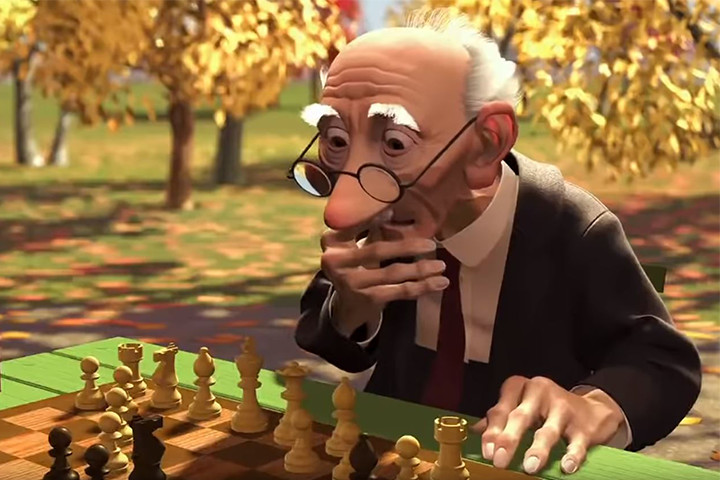
Differences:
- The beginning board position is arbitrarily created, subject to specific principles.
- The rules for castling are changed to consider the way that the underlying places of the rook and king will be distinctive relying upon the beginning board position.
Similarities:
- The chess board consists of 64 sq.m. and eight positions (columns) in 8 documents with squares switching back and forth between light and weakened hues.
- Each of them has sixteen chess pieces, eight pawns, 2 each rooks, rulers and bishops, one queen, and one royal.
- The piece is developed in accordance with traditional chess, with the exception of castling.
- The aim of the game is to check the king of the opponent. For example, to put a king of the rival in a fight to avoid any real expulsion. In addition, one player can either quit the diversion or a draw can end.
How To Start A Game Of Chess960?
One sets up random starting board positions. 960 board positions are conceivable. Starting with the white pieces, the eight pawns are just like the usual chess set on the eight squares of the second position. In view of the following criteria:
- One must set the king on a square between the two rooks.
- One must set the bishops on inverse shaded squares.
When the white part is set, the dark parts are placed to reflect the white parts, for example, if the white royalty is d1, the dark royalty is d8. The King never can be on the line ‘a’ or ‘h,’ since the rooks cannot be placed between them.
The archive is larger than the definite numerical system for determining how the pieces are positioned at first and eighth positions. The starting board is for your motivations, or you can choose one depending on the start position identifier. For the reasons behind playing chess960.
Guidlines and Rules Of Chess960
1.Before a Chess960 game a starting position is randomly set up, subject to certain rules. After this, the game is played in the same way as regular chess. In particular, pieces and pawns have their normal moves, and each player’s objective is to checkmate the opponent’s king.
2. The starting position for Chess960 must meet certain rules. White pawns are placed on the second rank as in regular chess. All remaining white pieces are placed randomly on the first rank, but with the following restrictions:
3. One places the black pieces opposite the white pieces.
4. Chess960 allows each player to castle once per game, a move by potentially both the king and rook in a single move. However, a few interpretations of regular chess rules are needed for castling, because the regular rules presume initial locations of the rook and king that are often not applicable in Chess960.
5. To avoid any misunderstanding, it may be useful to state “I am about to castle” before castling.
6. In some starting positions, castling can take place as early as the first move.
7. All the squares between the king’s initial and final squares (including the final square) and all the squares between the rook’s initial and final squares (including the final square) must be vacant except for the king and the castling rook.
8. In some starting positions, some squares can stay filled during castling that would have to be vacant in regular chess. For example, after c-side castling 0-0-0, it is possible to have a, b, and/or e still filled, and after g- side castling (0-0), it is possible to have e and/or h filled.
Thank you for going through the article. We hope that you learnt something new and interesting!
Share with your friends

